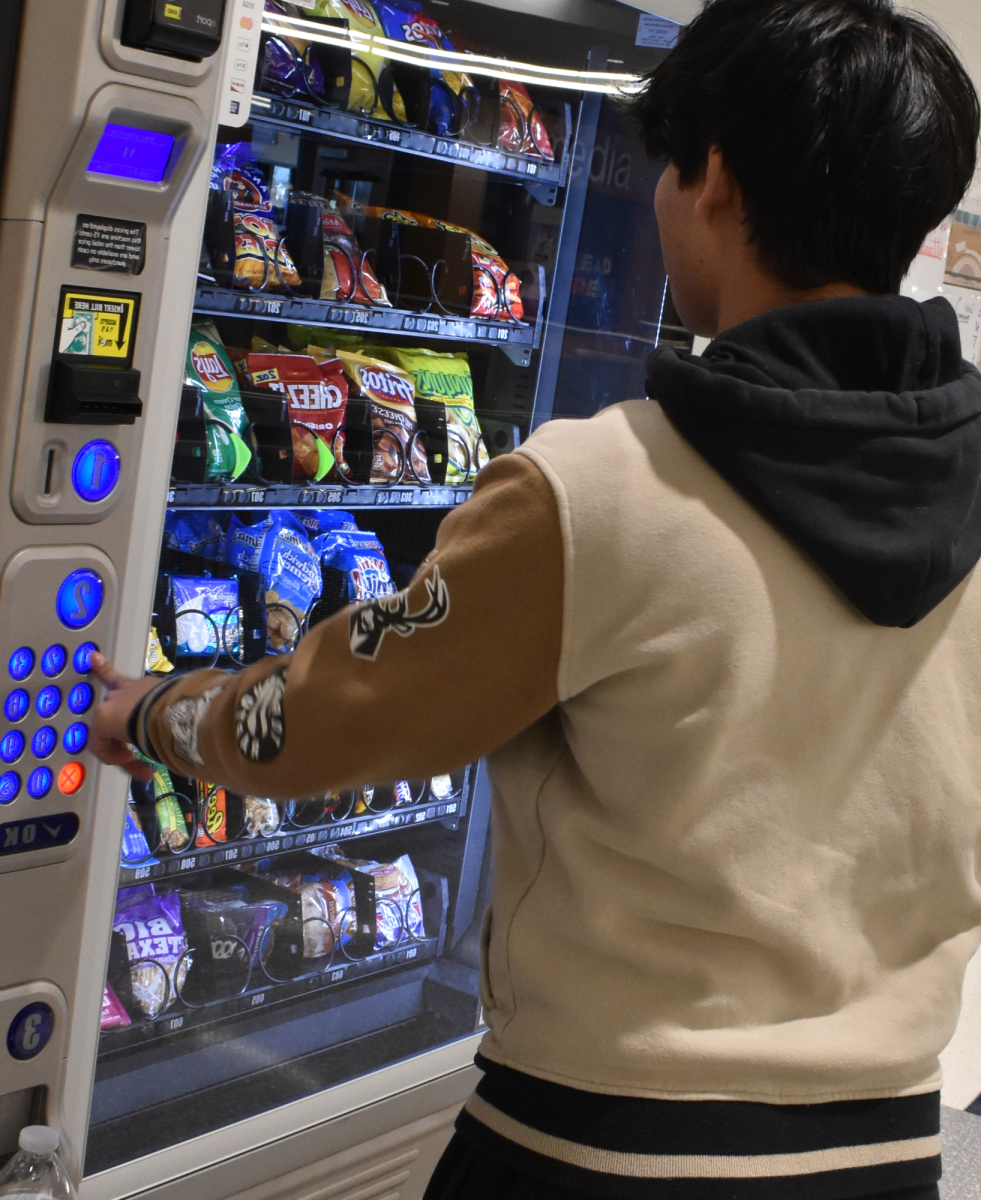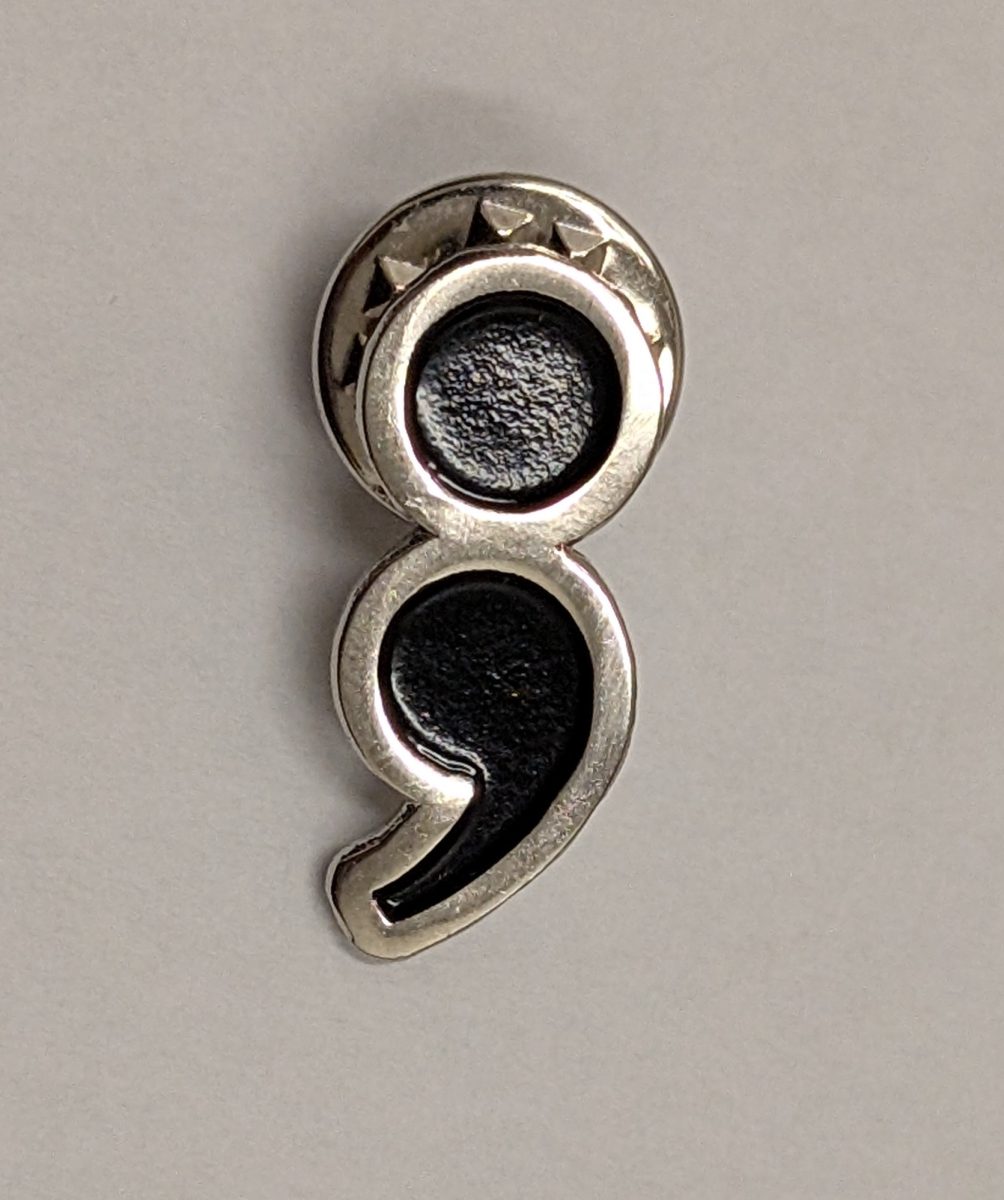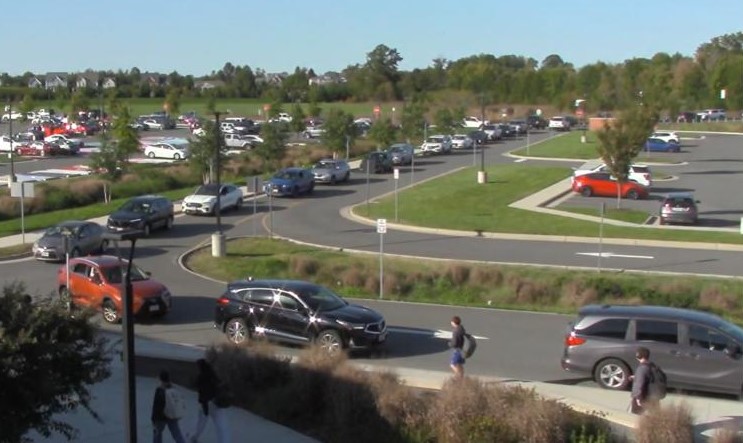Starting this school year, Lightridge High School has seen the addition of a series of new vending machines scattered throughout the school. But with its discouraging restrictions on accessibility, they are just unwanted boxes that waste space in our school.
For the most part, Lightridge has made an effort to make food readily accessible throughout the school day. Before school, students have an opportunity to buy breakfast at the cafeteria. Later on in the day, they have dedicated thirty minute lunch blocks to further assist in this need. Initially, the new vending machines seemed to be a quick, convenient, and non-contact way of getting a variety of bagged snacks, especially when the school stores are unavailable.
However, several underlying issues with the vending machines cause it to be an impractical option for many students.
“I rarely have any urge to use the vending machines,” said Diana Couey, a senior student at Lightridge. “When the new ones came out, I was interested, but then I overheard some students mentioning that they aren’t available until after school hours”.
From a time standpoint, the vending machines lack the incentive to be used. The vending machines are open before the bell rings at 9:30 am and after students are dismissed at 4:18 pm. However, much of the demand for snacks is during school hours, especially during lunch and Strike Time. Before school, demand is low, as students can easily grab snacks outside of school. After school, most students, with the exception of those participating in extracurricular activities, leave school, where they can eat snacks at home. The school should make the vending machines operational in between blocks or at the minimum, during lunch blocks, but they have deliberately chosen not to. This might be a measure to limit the amount of traffic near the machine so that they would not interfere with class time. Still, with potential upkeep costs, from a profitability standpoint, it does not make sense for the vending machines to be in-operational during key hours, but it is clear that the targeted consumers are students outside of school hours.
Students have already purchased bagged foods, drinks, and other forms of snacks through the school’s designated stores, such as the Lightning Lounge and the Lightning Locker. Both locations sell the same type of bagged snacks that are found at the vending machines.
However, chips, which cost $1 at the school store are marked up significantly at the vending machines, costing upwards of $2. Given the close proximity of the school stores to any of the vending machines, one of which being just a few seconds walk away, it would not make sense for any student to pay two times the price for the same snack. It is basic economics; if consumers see a better price for the same exact product, they will choose the cheaper competitor. The vending machine’s prices must be lowered to be a viable option for students.
Although, the vending machines’ lesser requirement regarding effort and social interaction can make it easier for some students to get ahold of snacks. But what does that mean if they are not even being well maintained?
The vending machine located in the often busy fine arts hallway near the chorus room and Blackbox Theater has a reputation for its inconsistency, often being deemed broken by many students. Dispensing and payment problems had gotten so severe that the machine was temporarily disabled, not allowing any money, rather than being fixed. This coupled with poor maintenance across the rest of the dispensers around the school create a lack of trust and reliability in these machines, effectively diminishing hopes for new or returning consumers. Faculty need to be more actively involved in the maintenance of these machines if they want any monetary success with them.
Regardless of all the negatives, the vending machines do not have to be removed. Under ideal circumstances, they provide a lot of value to the school especially since the variety of popular snacks already make it an attractive proposition for most students.
“By remaining accessible during the day, students could be able to eat and have more energy to think and work,” said Gabbie Janer, a 10th grade student at Lightridge. “In return [it would allow] the machines to profit much more efficiently than now. It’s a win-win”.
Nonetheless, our vending machines are an imperfect and a lingering novelty. They are a waste of time and money for students until the school makes the proper adjustments to make up for its shortcomings. Obviously, the vending machines are here to stay and will not be leaving anytime soon, but that will not fool anyone into spending a penny more than what they have to.







